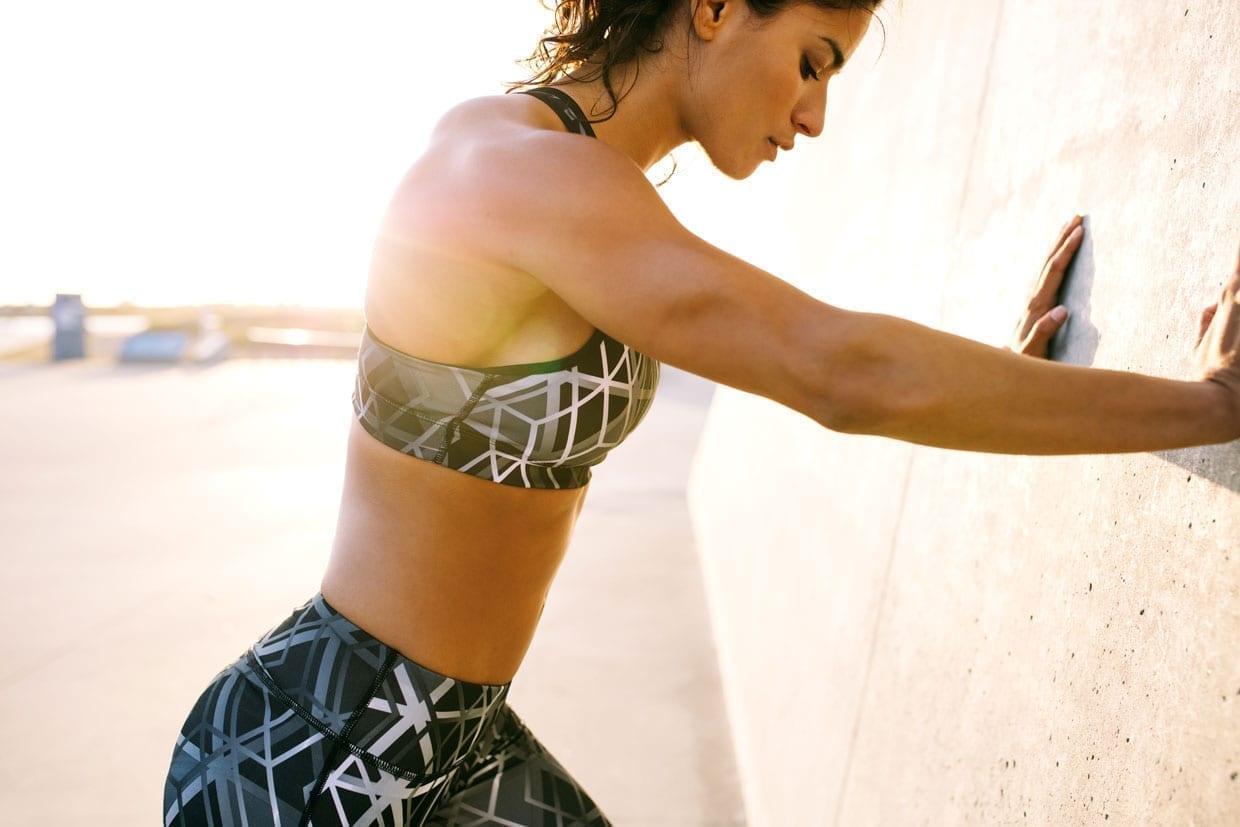
When I tried my first reformer Pilates class back in 2015, I wasn’t expecting much.
I had come to understand that true exercise meant pushing your body to its limit, whether you liked it or not. I ended classes red-faced and panting and spent the next few days wincing as I hobbled up and downstairs.
So it goes without saying that in that first reformer Pilates class, as I stared down what looked like a cross between a hospital exam table and a rollaway cot, I felt a little … suspicious. This reformer machine was going to give me a six-pack? Pulling on its straps and bars was going to be a workout? I wasn’t so sure until five minutes into the workout, when I realized that I was breathing more deeply than I had in any yoga class. After 10 minutes, I had discovered a dozen tiny muscles I never knew existed.
And by the end of the class, I felt taller (a miracle for 5-foot-2 me), stronger and, yes, sore. I was hooked.
Reformer Pilates used to have a certain reputation. It was an expensive, beefed-up version of mat Pilates.
But recently, thanks to a better understanding of how the body works and a handful of Instagrammable boutique studios, the machine-based workout has shed its stuffy image to become one of the trendiest classes around.
My go-to studio, New York Pilates, which led the charge when it opened its plant-filled West Village studio in 2015, is currently prepping its fifth location.
Pilates-with-a-twist studio SLT (aka Strengthen, Lengthen and Tone) boasts 24 spots around the Northeast. And boutique chain Club Pilates has opened over 500 locations in six years with another hundred-plus planned over the next 12 months. Still, according to Tianna Strateman, Club Pilates’ vice president of education, some customers need a little convincing (as I did).

“People do come in and think, ‘Oh, Pilates is just for my rest days,’” says Strateman. “But the more you learn about the practice and the more you do it, the more challenging it becomes. You start to hear the instructor in your head, [correcting you].”
Think of Pilates as low-intensity interval training, or LIIT. While high-intensity interval training, or HIIT, works by putting the body through quick blasts of calorie-burning stress with moves like squats, jumps, and burpees, Pilates relies on slow, intentional repetitions of small movements. HIIT centers on going bigger, pushing yourself harder, while Pilates requires tiny, targeted lifts and tucks, tailored to lengthen and tone muscles. And unlike jumping, running and dancing, “Pilates movements are slow and controlled … which helps challenge the body without ‘burning out’ any particular muscle group,” explains Strateman.
The difference doesn’t end there. Reformer Pilates classes are taught on a machine: The padded body of the machine slides back and forth, held in place by springs of varying resistance. Users can pull themselves back and forth using straps or push against a foot bar for leverage. A jump board attachment can add a low-impact cardio component, while weighted balls, springboards and other pieces of equipment allow for targeted moves.
Pilates movements are slow and controlled – challenging the body without ‘burning out’ any particular muscle group.
“People get intimidated by looking at a reformer or the equipment,” says Strateman. “But then you get on it, and meet the instructor,” and soon you will be crunching like a pro. The reformer adds a little excitement to a workout, but it also helps to work the small, stabilizing muscles that are hard to activate on your own. When you are standing on solid ground, your larger “default” muscles tend to do most of the work. But when you are on a sliding reformer and using props, supporting players like the obliques get called into action. It is similar to the results you would get from using exercise bands or standing on a balance ball, but all in one.
“You’re not necessarily going to wake up and feel like [you] can’t walk for three days,” says Strateman, but people do walk away feeling taller, more balanced, and — as I can attest — with sore abs. “Pilates … really focuses on building from the inside out,” she says. “I always hear, ‘I never knew I had these muscles.’”
The key, say the experts, is finding what works for you — even if that means a little bit of both. Club Pilates offers hybrid classes for customers who want to blend Pilates with higher-intensity (but low-impact) workouts such as TRX, as well as Pilates-based classes with a jumping element, for low-impact cardio. Kaiser has her clients alternate HIIT with LITT such as Pilates, as well as regular rest days.
As for me, I have found that adding a high-intensity class into my Pilates mix every once in a while only makes me feel stronger. Focusing on my stamina in a HIIT class helps me last longer through endless tucks and twists on the Reformer while toning my obliques in Pilates makes HIIT class burpees go down a little easier. My wallet takes a hit, but my body couldn’t be more grateful.

